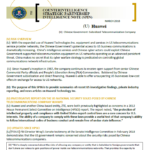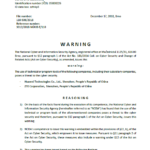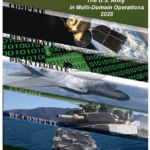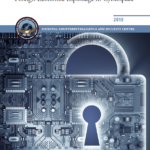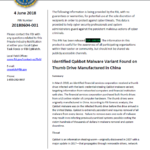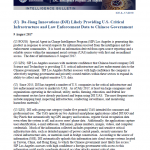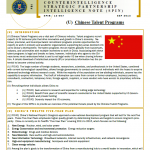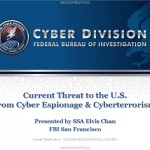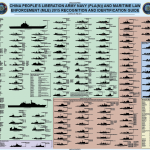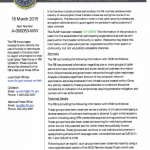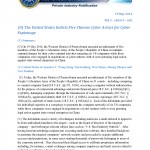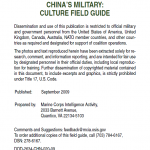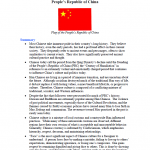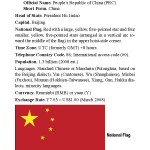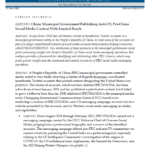
A People’s Republic of China (PRC) municipal government-controlled media outlet is very likely directing a cluster of English-language, coordinated inauthentic Twitter accounts that posted content denigrating the United States (see graphics). The cluster of accounts, which we have dubbed SPICYPANDA, has been active from at least January 2021 and has published sophisticated content, but it failed to grow a follower base thus far. DHS attributed SPICYPANDA to the municipal media entity Chongqing International Communications Center (CICC) based on its leadership’s creation of SPICYPANDA’s anti-US messaging campaign, its overt ties to a website promoted by the accounts, and its Western social media messaging accolades and capabilities.





